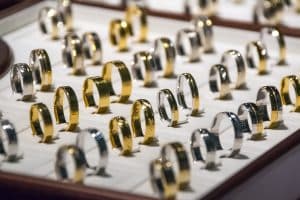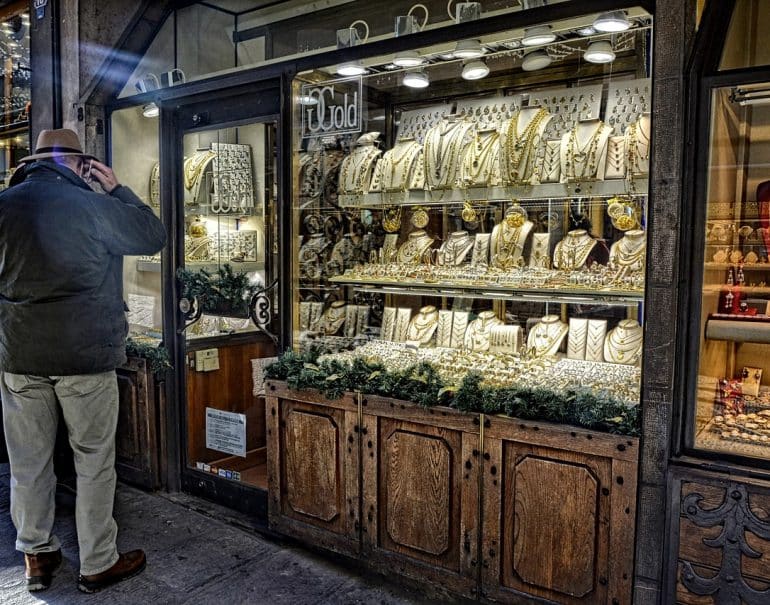Silver jewelry decorates hands, necks, fingers, and other parts of the body. The designs may be serious, playful, colorful, or else to match particular tastes and make a statement in different events. Silver jewelry has adorned humanity for centuries. It has a timeless beauty and elegance.
Sterling silver engagement rings may feature among other jewelry items in high-class stores. Silver earrings, bracelets, and other items are often sold in various fashion stores. Today, there’s a great collection of kid’s jewelry, sets, earrings, hoops, and others. There are themed jewelry and fantastic gifts for various events, like Mother’s Day or Christmas. The options are innumerable.
But have you ever wondered how did all these items ended up in the market? Have you ever wondered about the fascinating journey that silver jewelry undertakes from the depths of the earth to the stores? Join us as we follow this journey and witness the intricate process of transforming raw silver into stunning pieces of wearable art.
Following the Silver Jewelry Journey, from the Mines to the Market

- Mining: The journey begins deep underground, where skilled miners extract silver ore in various parts around the world. These mines can range from sprawling industrial operations to small-scale artisanal mines, each contributing to the global supply of silver.
- Refining: Once the silver ore is extracted, it undergoes a refining process. The goal is to remove impurities and extract pure silver. This refining process involves various techniques, including smelting and chemical processes, to achieve the desired purity level.
- Alloying: Pure silver is too soft to make jewelry. It’s no surprise that we offer refer to silver jewelry as 925 sterling silver jewelry. Your 925 sterling silver hoop earrings are actually made of 92,5% pure silver and the rest is filled with some other metal. Or, a combination of metals. Pure silver is alloyed with other metals to become durable. Common alloy metals include copper and zinc, which are mixed with silver in precise proportions to create sterling silver, the most commonly used silver alloy in jewelry making.
- Design and Creation: With refined silver in hand, skilled designers set to work crafting exquisite pieces of jewelry. From delicate earrings to intricate necklaces, each piece is meticulously crafted with attention to detail.
- Casting and Fabrication: The creation process may involve various techniques such as casting or fabrication. In casting, molten silver is poured into molds to create intricate shapes and designs. Fabrication, on the other hand, involves shaping and assembling silver components using traditional metalworking techniques such as soldering and forging.
- Finishing: Once the basic structure of the jewelry piece is formed, it undergoes a finishing process to enhance its appearance and durability. This may include polishing to achieve a high shine or adding decorative elements such as gemstones or enameling.

- Quality Control: Before reaching the market, each piece of silver jewelry undergoes rigorous quality control checks to ensure it meets industry standards for purity, durability, safety, and craftsmanship. This ensures that customers receive only the finest quality pieces that will stand the test of time.
- Distribution and Retail: Finally, the finished silver jewelry is on its way to jewelry wholesalers who will take turn to sell items to retailers. At some point, silver jewelry items, like rings, earrings, beads, bracelets, and others find their way to brick-and-mortar stores or online platforms.
From the depths of the earth to the showcases of jewelry stores, the journey of silver jewelry is long and not always easy since jewelry wholesalers are always concerned about responsible sourcing. There are still conflict zones but with focus on human rights and environmental sustainability, jewelry suppliers manage to jump over the obstacles, making the silver jewelry journey possible. From the mine to the market, there’s a chain of people working hard and putting their creativity to work so that we will all enjoy their ingenious craftsmanship. Yes, each ring, pendant, or charm has a story to tell and that fact alone makes silver jewelry something more than one more piece of accessory; it makes it a cherished symbol of elegance, creativity, and human efforts.

